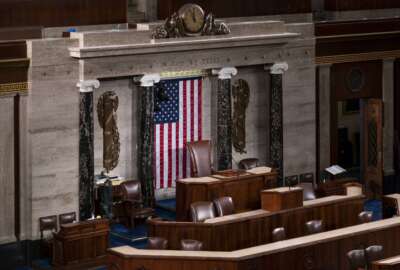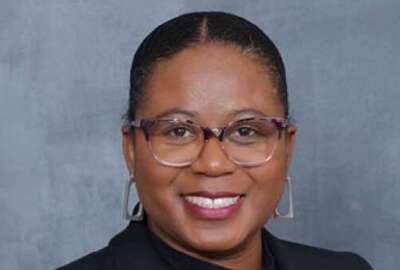USPS tries for more service with fewer offices
A flexible, agile Postal Service will be needed to adapt to changing mailing preferences and to increase the opportunity to consolidate redundant retail facilit...
By Suzanne Kubota
Senior Internet Editor
FederalNewsRadio.com
The Postal Service is getting away from the classic “brick and mortar” facilities. Congress recognized in 2006 that the Postal Service had more buildings than it really needed, and recommended streamlining the network.
That led to the Stations and Branches Optimization and Consolidation Initiative.
The Postal Service Inspector General has taken a close look at the initiative and what could be done to improve the process.
Mike Magalski, Director of Network Optimization at the Office of Audit at the Office of Inspector General, started his explanation of the process to Federal News Radio with some numbers: the Postal Service has about 32,000 “retail facilities,” and of those about 27,000 are post offices and 4,800 are stations and branches. It’s those stations and branches that are under consideration for closure under the initiative.
Magalski explained that post offices are defined by a city or town boundry. Stations and branches are subordinates of those office with stations inside corporate limits and branches outside.
Originially, said Magalski, 3,600 locations were considered. According to Postal Service Headquarters, as of March 2010, “156 facilities remained under consideration for discontinuance.”
Now the entire initiative is on hold, said Magalski. “It’s been delayed as the Postal Service actually attempts to streamline the process.”
The problem is that detailed policies and procedures didn’t exist for this initiative, said Magalski. In addition, some of the data used to make the decisions hadn’t been verified and wasn’t reliable. The report from the U.S. Postal Service Office of Inspector General finds the USPS needs to “develop measurable criteria to mitigate inconsistencies in making some of those decisions,” said Magalski.
Part of the problem, according to the report, is how fast the initiative was put into place, without a chance to develop the criteria. There were, notes Magalski, rules for closing a post office. “Very detailed rules,” in fact, which take about nine months to complete.
A station and branch closure usually takes about 120 days to shut down, he said, but that’s still “quite lengthy compared to what’s available in private industry.”
The benefit to having policies is that they help “make sure that there’s consistency in that decision making process.”
The IG report also said that the “SBOC Initiative’s lack of clear criteria may have caused inconsistencies in evaluating factors used for determining the feasibility of discontinuing operations.”
Magalski said the USPS needs to ask “what are they actually trying to do with this initiative? For instance, many of these locations are in close proximity to other locations, so as part of the process they actually have to define how close the facility should be in order to have an opportunity to close one of those facilities.”
The savings are striking.
In the report, the IG notes that “the Postal Service spends about $425,000 per month to maintain operations at 28 of the 144 facilities we randomly selected for review. The Postal Service could realize cost savings of over $1.7 million in fiscal year (FY) 2010 if they approve discontinuance of operations for the 28 facilities after HQ Retail Operations has completed its predecisional review of the proposals.”
One of the problems in the decision process, noted Magalski, is that those kinds of figures are not available for all the facilities on still on the possible closure list, “because each of the individual locations are analyzed on a site specific basis, so until you’ve actually determined which ones really meet the criteria, you can’t actually develop the cost estimates.”
Copyright © 2024 Federal News Network. All rights reserved. This website is not intended for users located within the European Economic Area.





